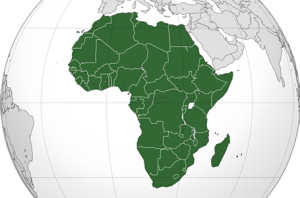
Economists from PricewaterhouseCoopers (PwC) believe investors should get excited about what will be the “next 10” biggest cities in sub-Saharan Africa.
According to PwC’s latest Global Economy Watch report, the population of these cities is projected to almost double by 2030, growing by around 32 million people. The latest UN projections indicate that, by 2030, two of the “Next 10” – Dar es Salaam and Luanda – could have bigger populations than London has now.
Johannesburg, the largest economy of any metropolitan region in Sub-Saharan Africa is noticeably missing from the list.
“The report projects that economic activity in the ‘Next 10’ cities could grow by around US$ 140 billion by 2030,” Stanley Subramoney, strategy leader for PwC’s south market region, said in a statement.
The report also reveals that Africa will enjoy faster economic growth than any other region – and will have the world’s biggest labour force.
Most major international corporations are already active in at least one of the three largest cities in sub-Saharan Africa – Lagos in Nigeria, Kinshasa in the Democratic Republic of Congo (DRC), and Johannesburg in South Africa.
Listed below are the Next 10 biggest cities in sub-Saharan Africa:
1. Dar es Salaam (Tanzania)
2. Luanda (Angola)
3. Khartoum (Sudan)
4. Abidjan (Côte d’Ivoire)
5. Nairobi (Kenya)
6. Kano (Nigeria)
7. Ibadan (Nigeria)
8. Dakar (Senegal)
9. Ougadougou (Burkina Faso)
10. Addis Ababa (Ethiopia)
This article first appeared on SouthAfrica.info






